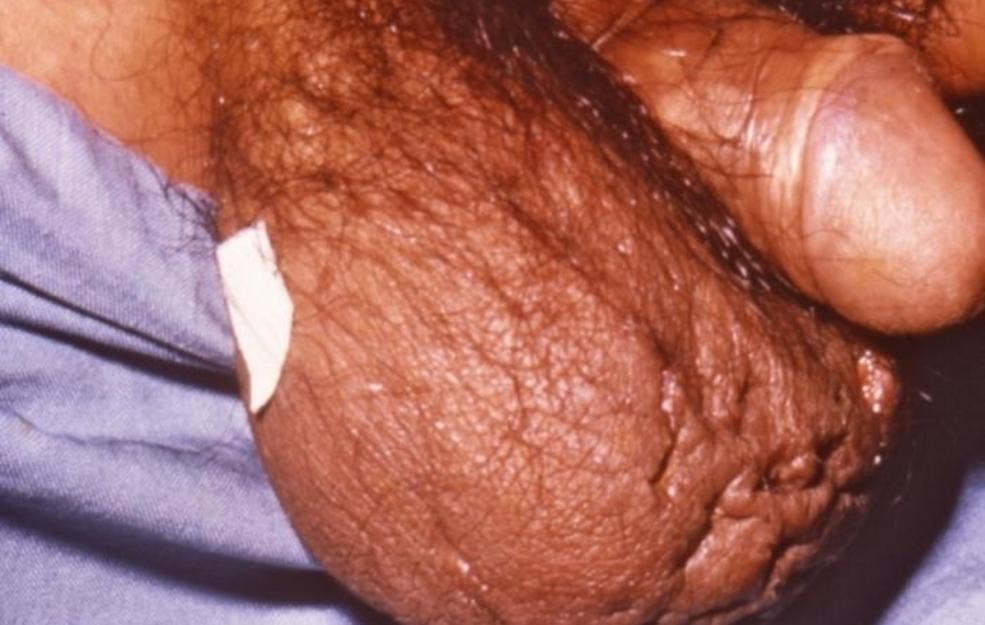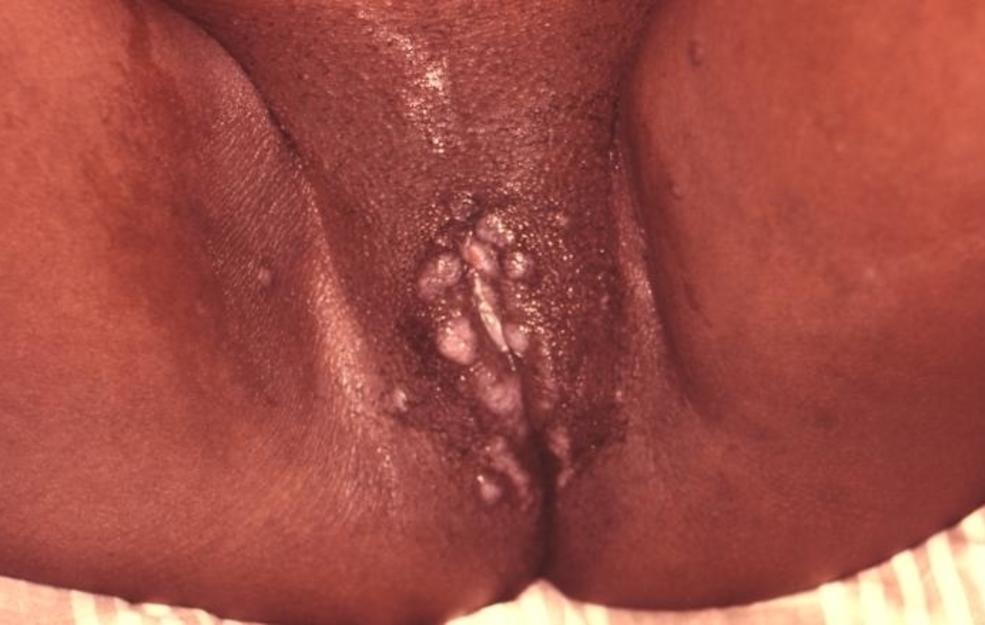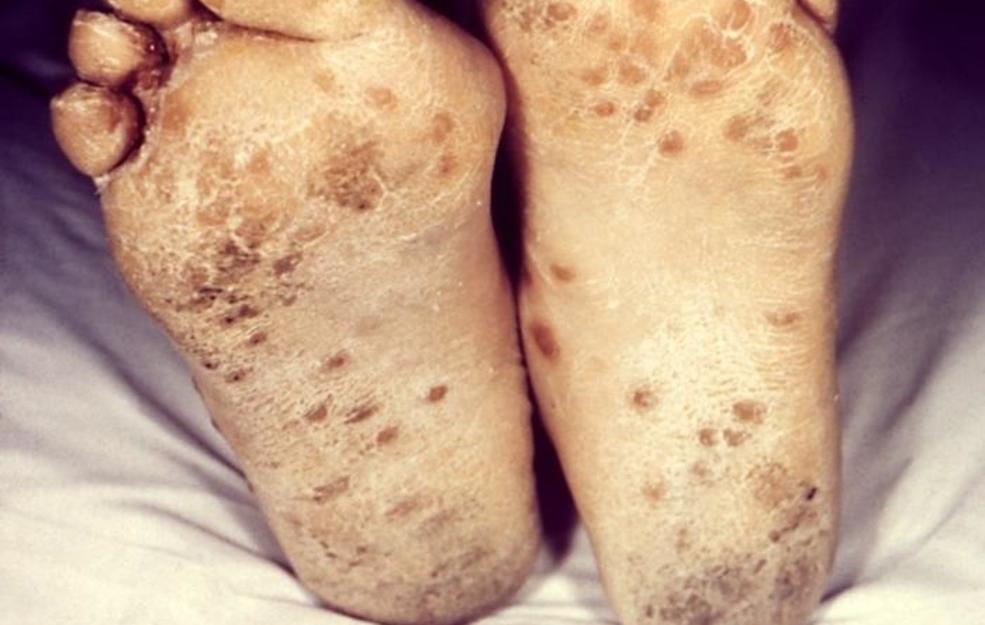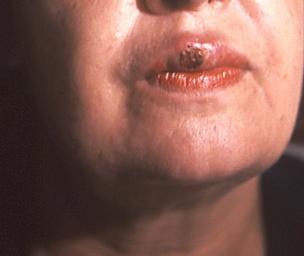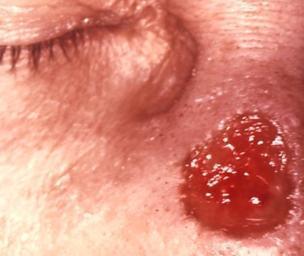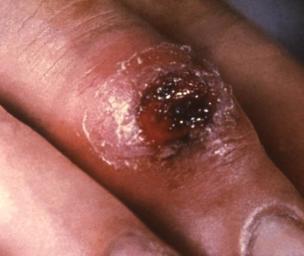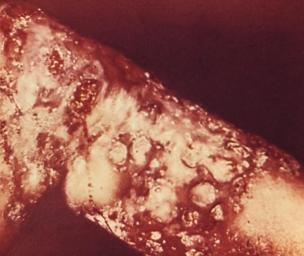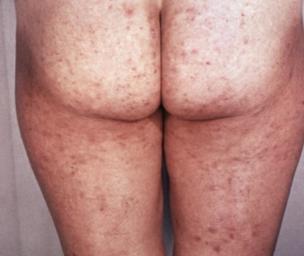What Does Syphilis Look Like?
What Is a Syphilis Infection?
Syphilis occurs mainly through sexual transmission, which progresses step by step. Though the disease is highly infectious, it can be easily cured and is preventable if diagnosed at an early stage. However, it can turn dangerous if not treated properly in time: it can cause severe damage to the cardiovascular system as well as affect the brain and nerves, which could lead to blindness.
Syphilis is a bacterial infection which spreads through sexual contact, including oral and anal sex, hence, it is a type of sexually transmitted disease (STD). Typically, it starts as a painless sore on the genitals, rectum, or mouth. Syphilis spreads from person to person through skin or mucous membrane contact via these sores.
Occasionally, this disease can be passed from one person to another by way of prolonged kissing or close bodily contact. After the initial infection, these bacteria can remain in a dormant state for years before becoming active again. Early syphilis can be cured with an injection of penicillin. Without proper medical help, syphilis can cause severe damage to the brain, heart, and other organs.
Syphilis rates in the United States have decreased in women, but increased in men who have sex with men. Syphilis sores can be infected with the HIV virus and cause AIDS. This disease is spread from sores, but, in the majority of cases, these sores go unrecognized. The person infected with this disease is usually unaware and unknowingly passes it on to his or her sexual partner.
How Do You Contract Syphilis?
Syphilis spreads through close bodily contact with a person who already has this disease. One would get it when the vagina, vulva, penis, anus, or mouth touches the infected person’s syphilis sores. This occurs usually during sexual contact. Casual contact, such as hugging, greeting, holding hands, sharing foods or drinks, or sharing towels, does not spread this disease.
Vaginal and anal sex are the main ways of spreading this disease. There are very few chances of spreading this via oral sex, but at times it can happen. In the beginning, syphilis is very easy to pass to other people, because the sores may go unnoticed or be mistaken for something else. Condom use during sex is one of the best ways to prevent the spread of this disease.
Symptoms and Stages of Syphilis
Syphilis occurs in three main stages:
Stage one: Syphilis is a highly infectious disease mainly caused by Treponema pallidum, which enters via roughened skin or the mucous membrane and gets into the bloodstream and lymphatic slowly, within two to three weeks. In the early stage, it can cause HIV, because it is can transmit HIV-infected blood very easily. Patients who have tested positive for syphilis should always follow up with an HIV test, and those suffering from HIV should regularly screen themselves for syphilis.
The first sign of syphilis is a small sore, called a chancre. The sore appears at a spot where bacteria entered body. Chancres are usually painless, round, firm, and sometimes wet, and generally develop three weeks after exposure. These sores occur on the genitals or in or around the mouth somewhere between ten to ninety days after exposure.
The sores will heal without a scar within a span of six weeks. Often, there is only one sore, but the infected person may have more than one. Chancres can show up on the vagina, anus, vulva, penis, and the lips or mouth. They can also be hidden inside the vagina, rectum, or foreskin. Since they are usually painless and in places difficult to view, they often go unnoticed. At times, they are mistaken for ingrown hair, pimples, or harmless bumps. If timely medication is not taken at this stage, thinking the sore has gone away, the infection will then move to the next stage.
Stage two: People who suffer from the disease at its second stage typically have a rash on the palms of their hands and on the soles of their feet. Sometimes, there will be rashes all over the body, too. They may even suffer from white patches on the inner jaw, puffy lymph glands, and fever. A person will start to lose weight periodically. The second stage of the disease will last one to three months. The person will reach the secondary stage within six weeks to six months of exposure to syphilis, depending on the severity.
People experience a rosy “copper penny” rash on the palms, soles of the feet, and other parts of the body, which, at times, can resemble a rash caused by a different disease. Secondary syphilis can also be cured without treatment, similar to primary syphilis. The sores usually don’t itch and are hard to make out. The symptoms in this stage usually go away on their own, with or without treatment.
Stage three: The infection, if not treated on time, may lead to the third and final stage, causing serious damage to the heart, brain, and nerves. It may cause complete paralysis, deafness, blindness, or impotency. In some serious cases, the patient will die, if not treated. The third stage lasts three to four weeks and will keep damaging one’s health.
Causes of Syphilis
Syphilis is a disease that mainly spreads through sexual activity, including oral and anal sex. The disease can be easily passed through prolonged kissing, close bodily contact, and sexual activity. Most infections occur due to the sores, which go unrecognized and pass the disease to partners during sexual play. Pregnant women who suffer from syphilis can pass it to their babies, causing abnormalities or death due to congenital syphilis.
Making a Diagnosis of Syphilis
Syphilis cannot be detected easily, because its symptoms can be nearly indistinguishable from other diseases. Syphilis used to be one of the most common diseases causing long-term health issues like blindness, arthritis, and brain damage. It began to be treated effectively after the 1940s, when antibiotic penicillin was first developed.
To diagnose syphilis, you have to undergo certain medical tests. These tests can be conducted as per the doctor’s advice, and treatment will be given based on the results.
- A physical examination is conducted by the doctor, who examines the genitals (examining the inside of the vagina for women). Other body parts affected by rashes that may be caused by syphilis are also examined.
- Blood tests will be conducted to check if the patient is presently suffering from syphilis or had it in the past.
- A swab test is conducted by taking a small sample of fluid from any sores, so it can be checked for syphilis.
These tests will certainly help the doctor diagnose the disease and determine its severity, which will help treat the disease effectively.
Sometimes, it can take one or two weeks to get the test results from the laboratory and, based on the results, the doctor will then start treatment.
If a person is infected with syphilis for a period of one year, one dose of penicillin is enough to cure it. If the person is allergic to penicillin, then tetracycline, doxycycline, or any other antibiotic can be given. For a person suffering from a severe syphilis infection, more doses are required. A person suffering from the infection should completely avoid sexual contact with other people until the infection is resolved.
The various treatments that are effective in controlling and eliminating syphilis are as follows:
- Doxycycline is one treatment for controlling early and late latent syphilis. When associated with HIV, it does not respond to antimicrobial therapy.
- Penicillin is the most effective drug of choice to treat syphilis.
- The best treatment for late syphilis is to have weekly injections. If you miss an injection for a week, you can continue with the course without restarting it, except for pregnant woman.
- Other treatments include CSF testing to detect neurosyphilis, and the CDC recommends the use of the RPR-based screening algorithm.
Prevention of Syphilis
Syphilis spreads mainly through sexual contact with someone who is already suffering from it. It spreads during sexual activities, such as vaginal, anal, or oral sex.
To reduce the risk of a syphilis infection, one should follow the given suggestions:
- Avoid sexual contact with a person who is known to be suffering from the infection.
- Use condoms during sexual activity, which is the best prevention.
Toilet seats, door knobs, pools, hot tubs, shared clothing, or eating utensils cannot spread the disease.
Lifestyle & Coping With Syphilis
Precaution is the best treatment, instead of treating the life-threatening disease once it is detected. A person can easily overcome the infection if it is detected at an earlier stage, without any physical damage. But one has to remain careful and cautious while leading a life of uncertainties.







